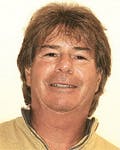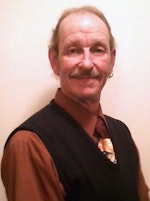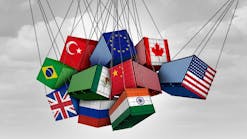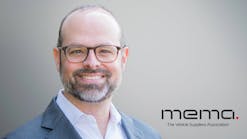In view of the economic crisis, has there been any reluctance about unveiling the Blue Drive initiative at this time? Have you had to make any adjustments related to the financial situation?
No. Hyundai is at the forefront of advanced technology research. In September 2005, the Hyundai Motor Co. celebrated the grand opening of its Eco-Technology Research Institute in Mabuk, Korea, which houses all R&D on environmentally friendly technologies, concentrating Hyundai's efforts to develop alternative powertrains in one state-of-the-art facility. Blue Drive is a long-term strategy.
With gas prices hovering near the $2 per gallon mark, is there a concern that American drivers will lose enthusiasm for purchasing high-mpg vehicles?
We believe there will be a strong consumer appetite for the vehicles that deliver high fuel economy and low emissions in the future.
Is the Blue Drive initiative directed only at the U.S. market, or is this a global project?
It is a global project.
How does the turbocharged gasoline direct injection (GDI) engine differ from the fuel injection technology already on the market?
With gasoline direct injection technology (GDI), the engine injects the fuel directly inside the cylinder in small, precise amounts so the performance and response of the engine improves thanks to the intake charge cooling.
In Korea, you're producing a hybrid Elantra powered by LPG (propane). Do see any feasibility in the prospect of propane vehicles being accepted in the U.S.? What are some of the hindrances to making this fuel a viable alternative here?
There is a limited infrastructure for LPG in the U.S. About 13 percent of the 16 million registered vehicles in Korea are LPG-fueled vehicles because LPG fuel is so much cheaper than gasoline or diesel. A gas-electric hybrid is a better solution for the U.S. market.
Where is the U.S. hybrid Sonata to be built?
This is still to be determined.
How significant is the 270V lithium polymer rechargeable battery? Is this a unique Hyundai development?
Hyundai's hybrid system stores its electrical charge in a 270V lithium polymer rechargeable battery (5.3Ah/270V) by LG Chem that surpasses existing nickel-metal hydride and pending lithium-ion applications. Lithium polymer batteries are more durable and space-efficient than other hybrid batteries. The battery was developed in-house with our partner LG Chem.
Where has most of the Blue Drive engineering originated? Can you briefly describe the logistics/challenges of developing the technology across international borders?
These technologies and developments have been underway for some time. We've aligned our global R&D resources in Michigan, California, Nam Yang, Mabuk and Frankfurt to develop the Blue Drive technologies we need to achieve our goal – a 35 mpg U.S. fleet average by 2015.
Dal Suk Shin, chairman of the Korea Auto Industries Coop. Association, says the Korean government and auto industry has been especially supportive of research and development efforts. How has Hyundai-Kia been able to benefit from this apparent forward-looking mindset?
We've partnered with the Korean government since 2004 to supply about 3,000 hybrid versions of our Getz and Accent small cars to government fleets as part of a testing program. We do not receive any subsidies from the Korean government.
Do you anticipate marketing the various Blue Drive aspects to other automakers? Have any expressed interest yet?
No and no.
Do you have an estimate as to when the HED-5 "i-Mode" concept introduced at the Los Angeles Auto Show will be ready for market in the U.S.? Are there elements that still need to be refined?
We are not ready to announce timing just yet. There will be several changes before we go into production.
Miles C. Johnson is manager of product public relations for Hyundai Motor America, one of 24 global subsidiaries of the Hyundai-Kia Automotive Group. In 1946, founder Ju-Yung Chung established the Hyundai Auto Service in Seoul, South Korea. "Hyundai" means "modern" in English. The company entered the U.S. market in 1985. Kia, which translates as "to arise or come up out of Asia," began in 1944 as a Korean bicycle parts manufacturer; it was purchased by Hyundai in 1998.



